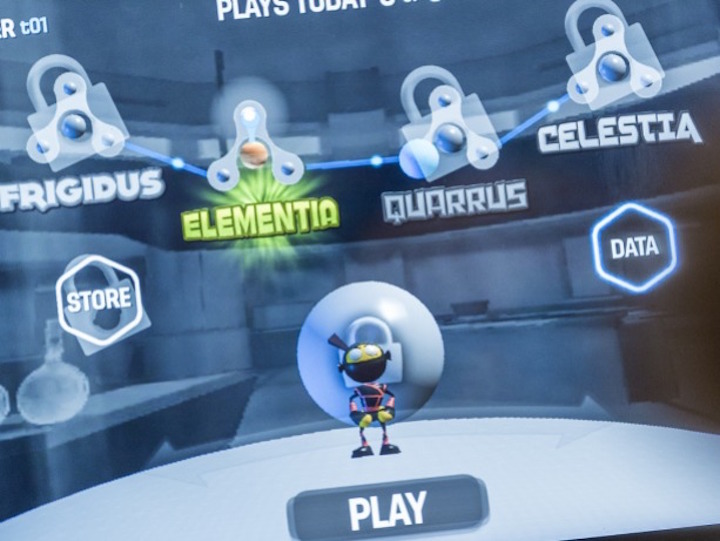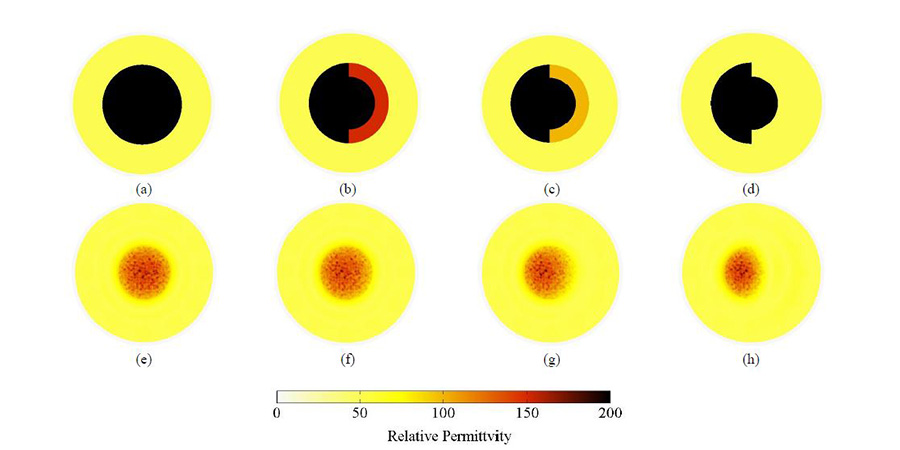Consumer wearables can complement medical devices by integrating activity data into a disease management strategy. Fitbit movement data will now be used with a Medtronic diabetes management tool, with the goal of users predicting...
Author's Posts
Wearable sensors predict illness
Stanford’s Michael Snyder has published the results of a health wearable study, in which 2 billion measurements were taken from 60 subjects, concluding that such devices can be used to predict illness. Continuous biosensor data, plus blood...
Alexa solidifies NLP’s role in smart homes, cars. Is senior care next?
Amazon’s Alexa is the deserved star of CES. Lights, thermostats, air purifiers, cars, refrigerators, other appliances, and baby monitors are examples of interfaces solidifying the natural voice processing-driven future of the world. Amazon now has the opportunity to enhance the lives of...
Ultra-stretchable transistor for discreet, continuous health monitoring
Stanford professor Zhenan Bao‘s latest bioelectronic innovation has disrupted wearable technology as we know it. The ultra-flexible transistor can be stretched to twice its length, without losing conductivity. Conductors are confined inside an extremely thin,...
Video games studied to treat late-life depression
UCSF’s Joaquin Anguera and the UW’s Patricia Arean have published a study detailing the use of video games to treat late life depression. They claim that the EVO interface targets underlying cognitive issues associated with depression, and does not simply manage...
Sensor dramatically improves MRI resolution
ETH professor Klaas Prussmann has developed technology to improve MRI accuracy by detecting tiny changes in magnetic fields. An MRI’s strong magnetic field, which makes it difficult for sensors to detect up small details. Prussmann’s integrated...
Noninvasive nanosystem detects disease in breath
Technion professor Hossam Haick has developed a nanosystem that can identify the breath signatures of many diseases, including kidney failure, lung cancer, Crohn’s disease, MS, prostate and ovarian cancer. Each compound’s relative abundance in a person’s breath is...
Prosthesis-integrated sensor detects infections early
Infections in prostheses, for amputees, and in joint replacements, are common, often found too late, and can necessitate additional surgeries or worse complications. Current detection methods include MRI, CT, and X-ray. Ken Loh and UCSD...
BCI controlled robotic arm; no implant required
University of Minnesota professor Bin He has created a brain computer interface to control a robotic arm with out an implant. In a recent study, EEG alone was used to allow 8 people to move objects in...
Tiny wearable sensor measures blood flow
Kyocera has developed a tiny optical sensor to measure blood flow volume in subcutaneous tissue, meant to be integrated into a phone or wearable. Potential applications include monitoring stress and preventing dehydration, heat stroke, and altitude...









